Dota 2
It's Valve time.
"Being honest, I don't know how DOTA got as big as it did, given how hard it is to sit down and play it with your friends," says Erik Johnson, the man charged by Valve boss Gabe Newell with the task of heading up the Dota 2 project.
Erik is absolutely right. Defense of the Ancients, the Warcraft 3 mod maintained and developed by the reclusive IceFrog, is virtually impenetrable. (You can bone up on the basics and history in our Story of DOTA.) Millions, possibly tens of millions play it, but for some it remains an incomprehensible curiosity: a game they're aware of, but not playing.
Valve hopes to change all that.
Valve's Dota 2 matchmaking system is designed to pit players against similarly skilled opponents. A tutorial mode will teach newcomers the basics. There's even a coaching system that allows experienced players to "see through the eyes", as Erik puts it, of new players, letting them talk to them and explain the game's mechanics and intricacies. "We're going to solve all those issues. We want to make it so 10 people who are brand new to the game can have a bunch of fun playing together," Erik says, flatly.
Valve is showing Dota 2 for the first time via an invitation-only tournament with a million-dollar prize pot at German show Gamescom. (You can follow matches live at the Dota 2 website.) The Half-Life and Portal maker's show-floor booth is a gargantuan affair, packed with rows of seats either side of a giant plastic box. Inside the box stand the players, DOTA specialists flown in from across the globe to show off their micro-management prowess. Overhead, two huge screens hang side by side. It is clear: Dota 2 is a big deal.
Gamescom and this tournament serve to demystify Dota 2, showing us exactly what it is. It's an action RTS ("the closest descriptor we have," according to Erik). It has an RTS-style camera, but no base-building. 10 players, split into two teams, each control a single hero unit. The teams defend their Ancients while destroying their opponents'. One faction begins on the bottom left hand corner of the finely balanced map, the other on the top right. There are items, skills, and distinct abilities for each hero. There are RPG elements, designed to help you better your level one hero up to the 25 cap. Creeps walk the lanes, tempting you to satisfy your experience point hunger.
Watching the game played live rekindles memories of sitting gob-smacked in front of my PC monitor, studying grainy DOTA replay videos. These professional players control their heroes like Lionel Messi controls a football, weaving in and out of combat like the Barcelona great darts between bewildered defenders. As the giant screens smash out sword swipes and spellcasting, the whir of unit movement casts its own eerie spell over the audience. They make everything look so easy.
All this you can say about DOTA, of course. Indeed, Dota 2 still looks remarkably like a Blizzard game. Everything from the user interface to the cartoony design, the colourful palette to the tooltips is reminiscent of Defense of the Ancients. If Valve hadn't splashed the UI with its trademark grey and orange, you'd think it was Defense of the Ancients.
Some may baulk at the similarities between the two games, but as boss Gabe Newell recounts the story of how Dota 2 came to be, Valve's vision starts to make perfect sense.
"The reason we got started was because we were fans," he explains. In particular: Robin Walker, who heads up the Team Fortress 2 team, Adrian Finol, who worked on Half-Life 2, and project manager Erik Johnson. "They actually entered a league, got crushed and humiliated, and couldn't talk to each other for a couple of weeks because they were so humiliated."
Robin, Adrian and Erik approached IceFrog and asked him how he'd make a sequel. "We were a little bit star-struck," Gabe says. "It's like where you're a fan of something and you get to meet the person who has built it. We had that to get over." Get over it they did. "That group of people got all fired up and said, hey, we'd love to work with you on that. What do you think of coming to Valve?"


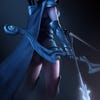
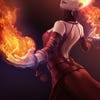


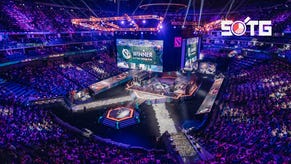
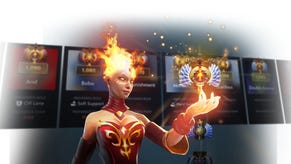

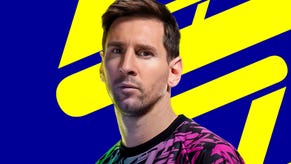
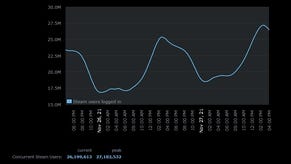
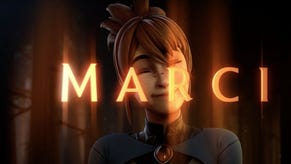




.png?width=291&height=164&fit=crop&quality=80&format=jpg&auto=webp)



